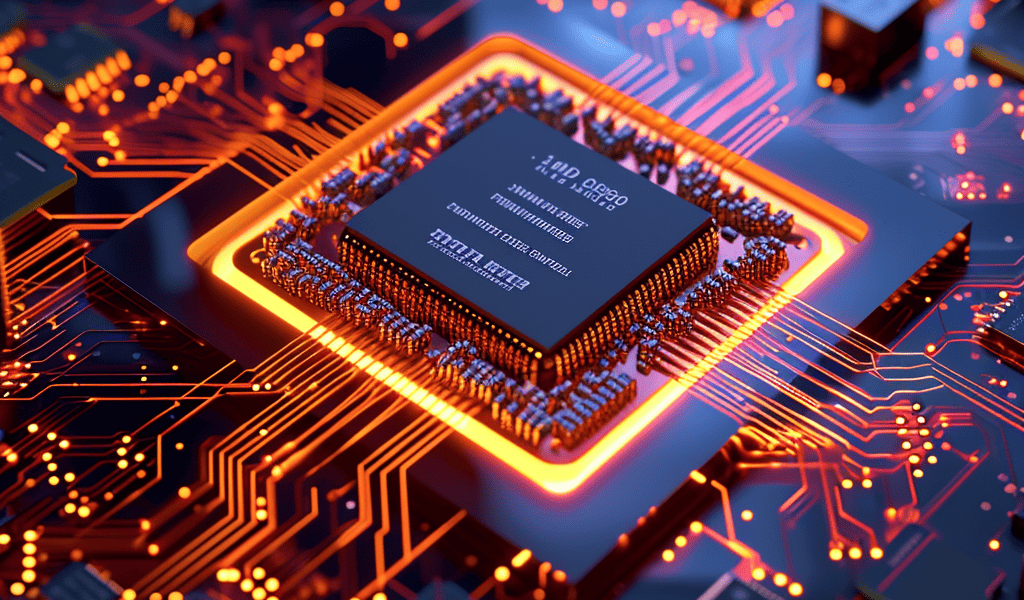AMD shares surged more than 8% on Tuesday to their highest closing price since November 2021, driven by optimism about the increasing demand for the company’s artificial intelligence (AI) chips from tech giants like Microsoft, Google, and OpenAI. Analysts at Barclays and KeyBanc have raised their price targets for AMD, projecting strong sales and demand for its AI chips.
Tom O’Malley, an analyst at Barclays, significantly raised his price target on AMD from $120 to $200, citing the potential for the company to achieve $4 billion in AI chip sales this year. O’Malley highlighted the robust demand for AMD’s MI300, the company’s top-tier machine learning chip designed for servers.
KeyBanc analysts also revised their price targets for AMD and Nvidia, setting them at $195 and $740, respectively, due to the escalating demand for AI servers. AMD’s stock closed at $158.74 on Tuesday, just 2% below its all-time high, while Nvidia, the leading player in the AI chip market, saw a 3% increase, reaching $563.82.
In response to Nvidia’s dominance, AMD announced new server chips for AI in late 2023, aiming to compete with Nvidia’s H100 and A100 GPUs, which are utilized by OpenAI for training and serving AI models. AMD and Nvidia are the major producers of graphics processing units (GPUs) crucial for training and running AI models.
As the interest in AI applications has grown, Nvidia has been the primary beneficiary, leveraging its AI software developed for its chips over a decade ago. Venture capitalist Jim Breyer expressed strong support for both Nvidia and AMD shares, emphasizing the insatiable demand for Nvidia’s chip-embedded software by various companies.
Analysts anticipate AMD to enhance its AI software and anticipate major chip buyers, including cloud providers and tech giants, to consider utilizing AMD GPUs. While acknowledging Nvidia’s lead in the market, analysts believe that the need for a secondary source will outweigh any challenges in the software ecosystem.





